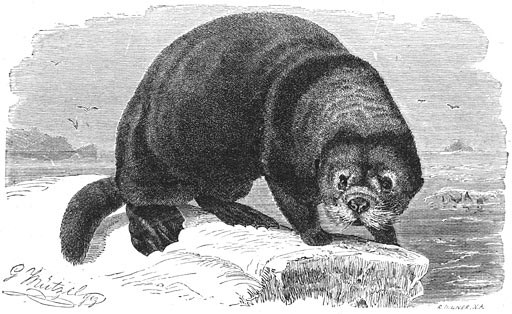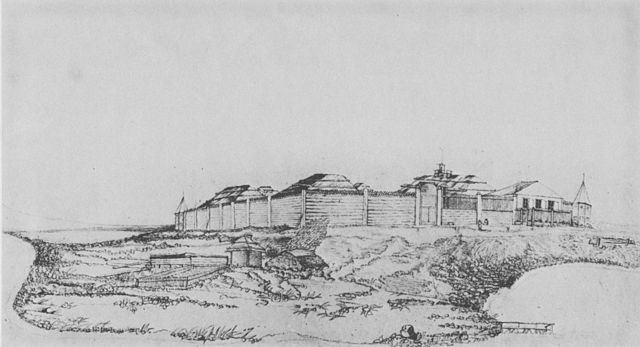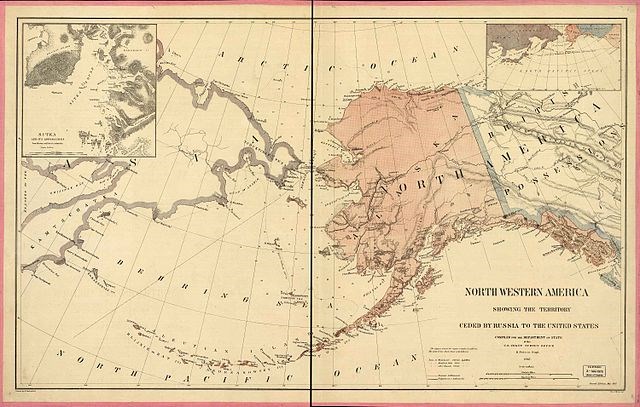|
The 1700s and 1800s were a time of imperial expansion and colonial occupation for many European nations, including Russia. In 1733, Russian Tsar Peter I commissioned the Great Northern Expedition, an ambitious exploration of Eastern Siberia and the Northern Pacific Ocean. Vitus Bering (1681-1741), a Dane in the service of the Russian Navy, and Aleksei Chirikov (1703-1748) a Captain in the Russian Navy, were commissioned to explore and map Russia's northeast coast. In 1741, their explorations landed them in Alaska and they realized that the Siberian fur trade could be profitably extended further east. 
The Sea Otter Fur Trade In 1799, Tsar Paul I consolidated these private companies into one entity, the Russian American Company. This gave the Russian American Company (RAC) a monopoly on Russia's North American trade. It also entrusted the RAC with the government of Russia's North American colonies. After depleting the sea otter population around Kodiak, the RAC wanted to exploit the resources further south and establish Russian colonies in Southeast Alaska. However, they faced resistance from the local Tlingit and competition from British and American companies operating in the area. The Tlingit had already established trade networks with the Americans and the British, in which the Tlingit traded sea otter pelts for firearms. The Americans and the British gladly provided armaments to the Tlingit in order to undermine Russia's colonization attempts in Alaska. Conflict in Southeast Alaska 
Two years later, Baranov returned to enact revenge and re-establish his Russian colony, resulting in the Battle of 1804. The Russians were nearly defeated again, but the Tlingit gun powder reserve was accidentally lost. Without adequate supplies, the Sitka Tlingit strategically withdrew from Sitka Sound to continue the fight elsewhere. Baranov quickly founded and fortified a new Russian settlement at Sitka, naming it New Archangel. It became the colonial capital 4 years later. The Tlingit continued to engage in open conflict with the Russians in the following decades. The Sitka Tlingit mounted a blockade of Sitka Sound, hurting Russian trade. The colonial capital, New Archangel, was heavily fortified with large stockades and armed escorts were required for excursions outside the fort walls. But the lucrative sea otter fur trade funded the expansion of Russian settlements. In New Archangel, the Russians built not only RAC buildings, but also a school, a hospital, and even a cathedral. The colony drew Russian Orthodox missionaries to Alaska as well as other European settlers, such as the Finns. In 1821, the Sitka Tlingit returned home and resettled just outside the Russian stockade. Conflict and tensions continued, however, so did trade and cultural exchange. The Sale 
|
Last updated: October 20, 2021
